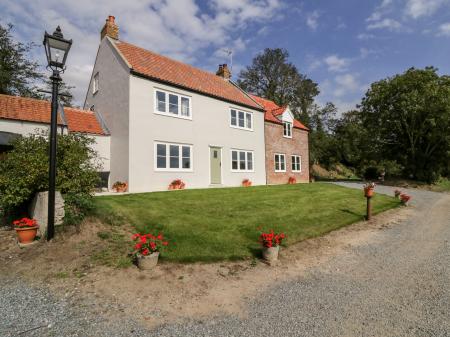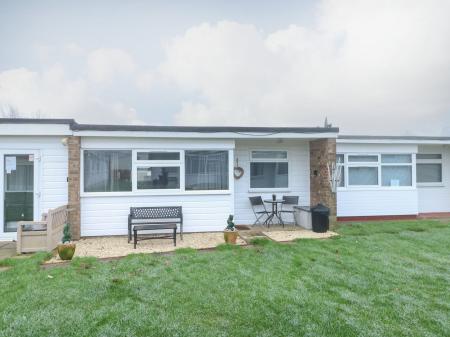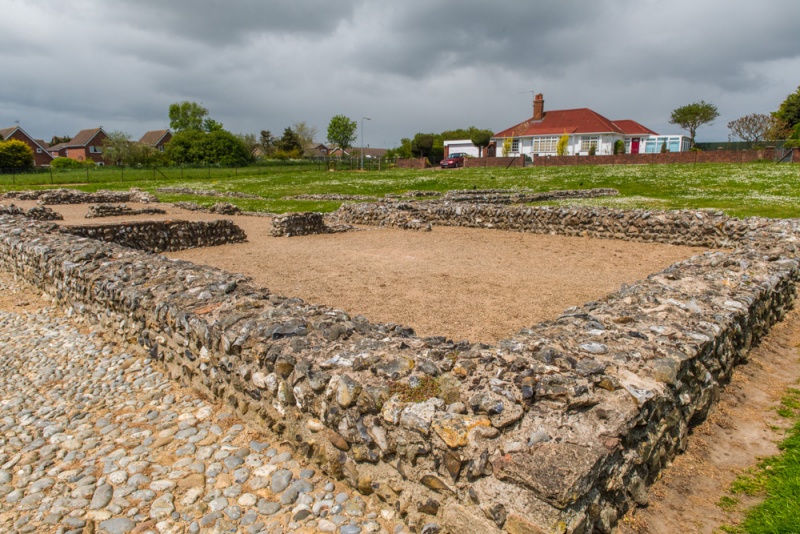
Though it is now well inland, the fort originally occupied a small island in the middle of a wide river estuary at the confluence of the rivers Waveney, Yare, Ant, and Bure. The estuary gradually silted up over the following centuries, and the town of Great Yarmouth stands where the Roman estuary once flowed.
Caister remained occupied during the 4th century, and may have been used as a predecessor to the more elaborate fort at Burgh Castle. We know that Burgh Castle was begun around AD 260 on the far shore of the estuary, and for a time both forts acted to protect shipping and as military bases. One of the forts, though we do not know which one, was called Gariannonum by the Romans.
The site was abandoned following the departure of the Romans in the early 5th century, but it was later reoccupied in the 7th and 8th centuries as a Saxon settlement. Caister Roman Fort is under the care of English Heritage but is actually managed by Great Yarmouth Borough Council. Note: The name of this site is sometimes [incorrectly] spelled 'Caistor'.
Caister fort is larger than a normal Roman fort, probably because it housed a mixed garrison of infantry, sailors, and cavalry. The first fort included barracks, stables, granaries, workshops, and headquarter buildings. There was a standing garrison of between 500-1000 men.
One of the largest exposed buildings is called simply Building I a name given by the first archaeologists to investigate the site. Building I was a stone structure erected on the site of earlier timber buildings around AD 300. It burned down around AD 340, though whether by accident or because of an attack we do not know. It is quite possible that the building burned under an attack, as we know that the fort had to deal with the constant threat of attack by Anglo-Saxon tribes from north-west Europe throughout the 4th century.
There were at least 7 rooms with a courtyard and a cobbled alley on the south side. In one of the small rooms you can see remains of a hypocaust, or underfloor heating system. Fragments of plaster have been found, showing that the interior walls were richly painted with elaborate designs.
One of the interesting features is an earthen rampart which enclosed the stone walls, with two deep V-shaped ditches outside the wall. The fort was laid out in typical Roman fashion, on a rectangular plan with corner towers and a gateway in each wall. You can see the foundation walls of a guard room for the south gate
One of the most important objects found during excavations at Caister was a carved figure of Mercury. Outside the fort archaeologists discovered a bronze plaque with an inscription saying that Aurelius Atticianus fulfilled a vow to Mercury. Other finds include bracelets, beads, hairpins, and rings, suggesting that women and children lived within the fort.
Archaeologists found a wealth of food remains, including bones of animals like cows, badgers, and foxes, as well as over 10,000 oyster shells. These finds paint a vivid picture of how people lived and what they ate at Caister.
Visiting
It isn't that easy to find the fort - unless you arrive via Norwich Road (the A149). My satnav took me to a nearby housing estate, and it was only after asking a passing pedestrian that I managed to find the correct location. There is a layby on the north side of Norwich Road just west of its intersection with Brooke Avenue, and the fort is immediately off Norwich Road at grid reference TG516123.
One of the most interesting features is an exposed section of Roman road, and what appears to be a large square hearth within one of the buildings.
It will not take long to explore Caister fort, but it is an interesting site. The contrast between the ancient Roman remains and the nearby housing estates is quite startling and somewhat incongruous. It certainly makes Caister memorable!
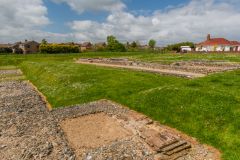
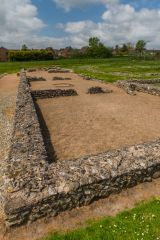
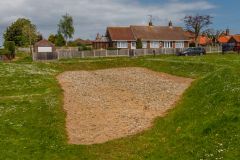
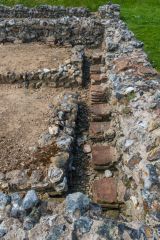
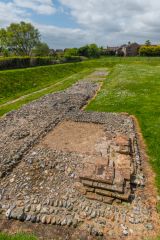
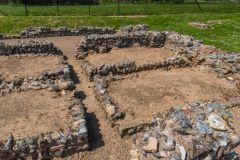
 We've 'tagged' this attraction information to help you find related historic attractions and learn more about major time periods mentioned.
We've 'tagged' this attraction information to help you find related historic attractions and learn more about major time periods mentioned.
